The United States contains some of the world’s premier destinations for viewing and photographing the night sky. While light pollution increasingly obscures celestial views across most populated areas, certain locations maintain dark sky conditions reminiscent of what our ancestors experienced before electric lighting transformed the night.
Here is a list of 19 exceptional locations across America where the darkness still allows stargazers and photographers to capture everything from the Milky Way’s glowing core to meteor showers against truly black backgrounds.
Natural Bridges National Monument

Utah’s first International Dark Sky Park features exceptional viewing conditions in America’s desert southwest. The natural stone bridges create perfect foreground elements for astrophotography, with Owachomo Bridge particularly popular for capturing the Milky Way arching through its 180-foot span.
The park’s remote location and 6,500-foot elevation combine to create viewing conditions rated at two on the Bortle scale (nearly perfect darkness). Rangers conduct regular night sky programs during the summer months when the galactic center rises prominently in the southern skies.
Cherry Springs State Park
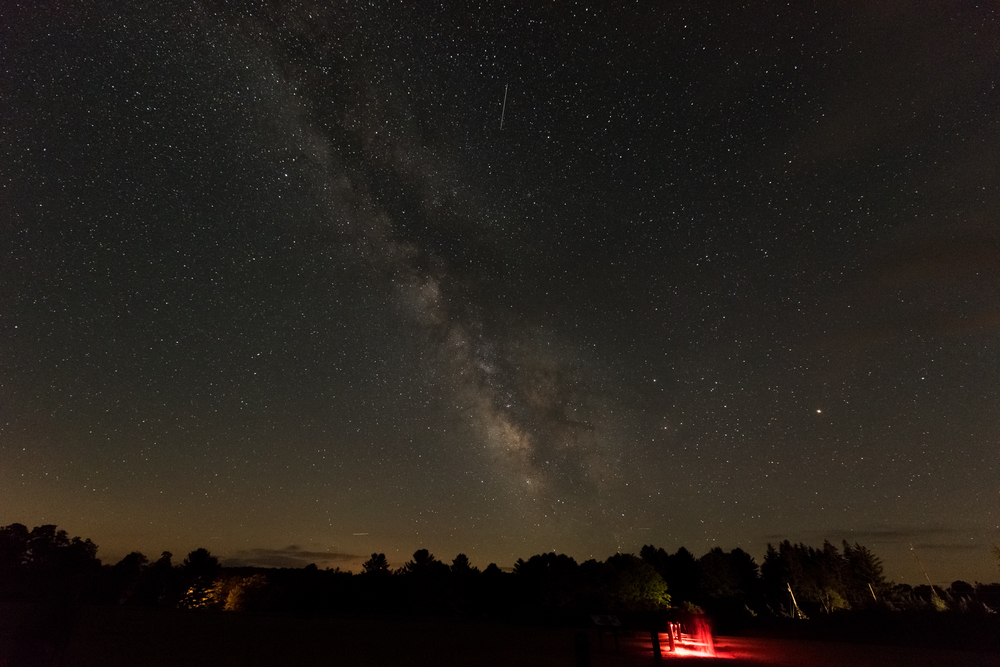
Pennsylvania’s dedicated astronomy park sits atop a 2,300-foot mountain surrounded by the 262,000-acre Susquehannock State Forest. The park maintains special viewing areas with red lighting to preserve night vision, while nearby lodging options feature blackout curtains that cater to astronomers.
Despite its location in the populous northeast, the site delivers darkness that allows for the visibility of 10,000+ stars and meteorites as faint as magnitude 7.1. The Astronomy Field offers concrete pads with electrical hookups for telescope setup during multi-night viewing sessions.
Like Travel Pug’s content? Follow us on MSN.
Big Bend National Park

This remote Texas destination along the Mexican border comprises 801,163 acres with minimal development and exceptional air clarity. The park averages 250+ clear nights annually, with winter offering particularly dark skies when humidity levels drop.
Professional photographers frequent the Santa Elena Canyon area, where 1,500-foot limestone walls frame views of the night sky reflecting in the Rio Grande. Park measurements consistently show light pollution levels at less than 1% of typical suburban environments.
Headlands International Dark Sky Park
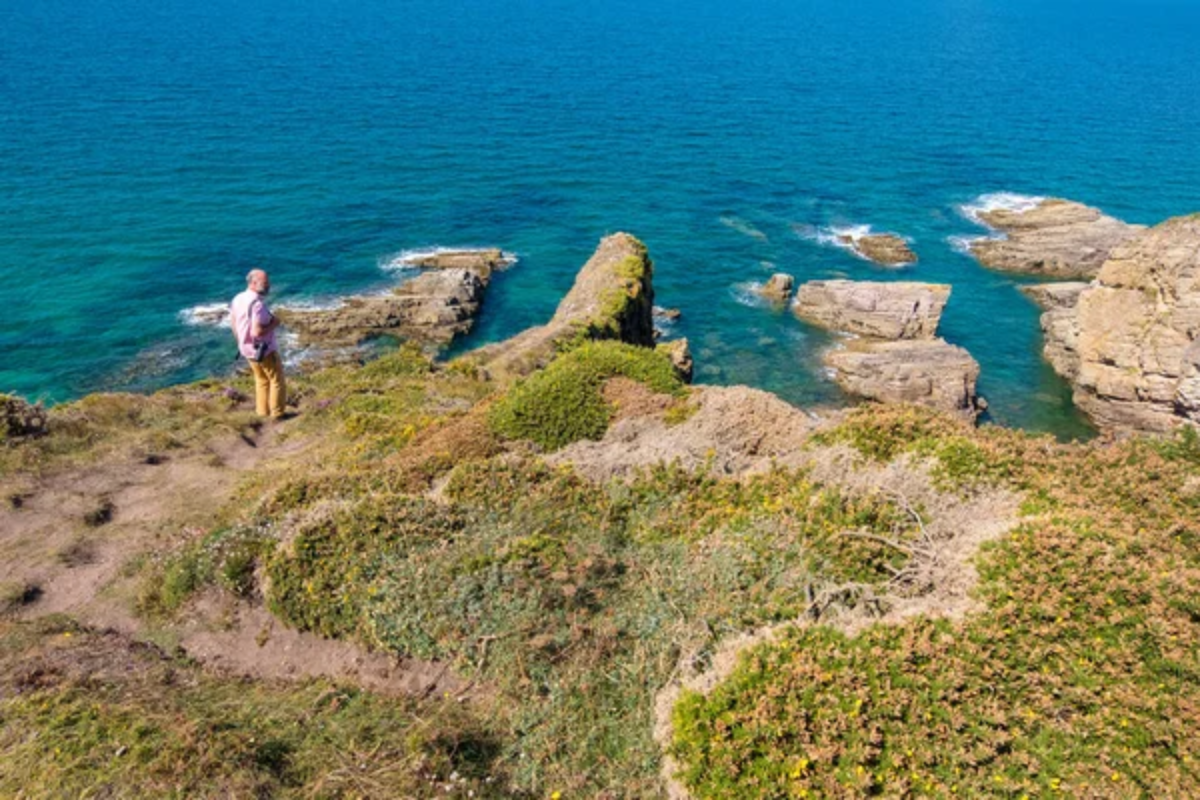
Michigan’s dark sky preserve covers 600 acres of undeveloped Lake Michigan shoreline near the Mackinac Bridge. This accessible location offers remarkable northern light viewing opportunities during solar maximum years, with aurora displays reflecting dramatically off Great Lakes waters.
The site features wheelchair-accessible viewing platforms and heated facilities, allowing comfortable winter observation when nights reach their longest. Educational programming frequently focuses on cultural astronomy traditions of regional Native American tribes.
Mauna Kea Observatory

Hawaii’s legendary astronomy complex sits above 40% of Earth’s atmosphere at 13,803 feet. While professional telescopes dominate the summit, the Visitor Information Station at 9,200 feet offers free public stargazing programs using portable observatory-grade equipment.
The exceptional atmospheric stability creates viewing conditions astronomers describe as “seeing,” where stars remain pinpoint rather than twinkling. Photographers particularly value capturing the shadow of Mauna Kea projecting through the atmosphere against the rising or setting sun.
Like Travel Pug’s content? Follow us on MSN.
Death Valley National Park

California’s tremendous basin reaches 282 feet below sea level while surrounded by mountains blocking distant light pollution. The park’s Gold Tier Dark Sky designation guarantees exceptional visibility of astronomical objects, including rarely-seen features like zodiacal light and the gegenschein.
Summer brings challenging daytime temperatures but delivers perfect views of the galactic core rising above salt-flat landscapes. Badwater Basin provides photographers with otherworldly foreground elements through its hexagonal salt crystal formations.
Bryce Canyon National Park
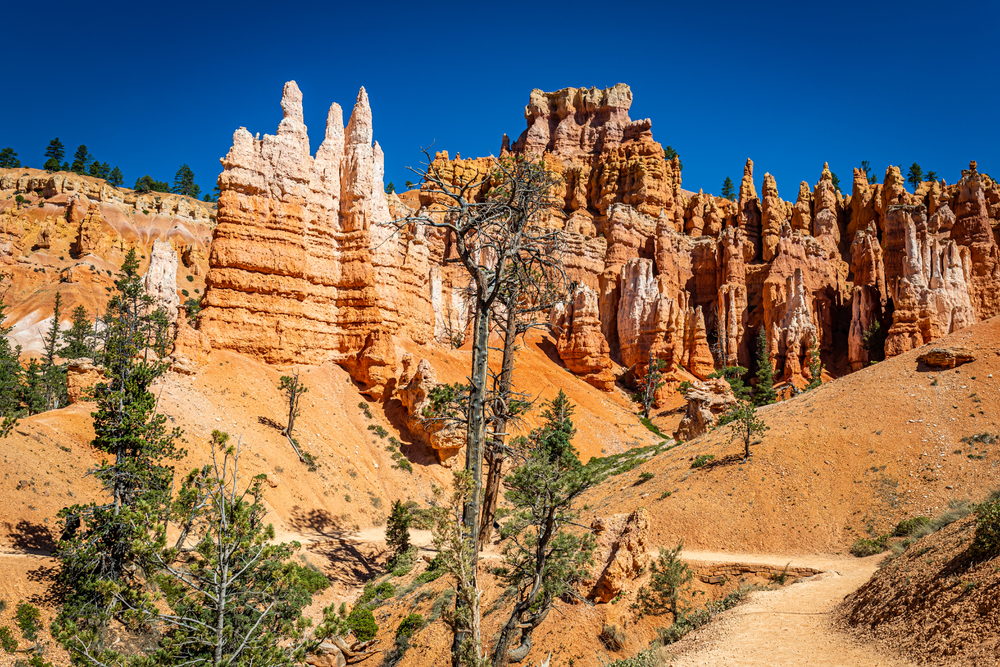
Utah’s hoodoo-filled landscape hosts one of America’s longest-running astronomy programs, with rangers conducting over 100 stargazing events annually. The park maintains a fleet of telescopes, including 11-inch Schmidt-Cassegrain instruments available during guided evening programs.
The amphitheater of red-rock formations creates perfect silhouettes against starry backgrounds, particularly during moonless nights. Winter brings the clearest atmospheric conditions, though it requires preparation for temperatures that frequently drop below freezing.
Grand Canyon National Park

Arizona’s natural wonder earned provisional International Dark Sky status in 2019 after replacing thousands of light fixtures to reduce sky glow. The extreme depth variation creates unique stargazing opportunities where astronomers can observe from different elevations within the same night.
Photographers frequently capture star trails circling Polaris above distinctive canyon formations such as the Vishnu Temple. The South Rim’s Desert View area offers particularly good conditions away from the visitor center lighting.
Like Travel Pug’s content? Follow us on MSN.
Joshua Tree National Park

This California desert park sits at the convergence of the Colorado and Mojave deserts, creating unusually stable air conditions ideal for astronomy. The distinctive Joshua trees create compelling silhouettes for foreground interest in wide-field astrophotography.
Summer brings ideal viewing of the Perseids meteor shower when up to 100 meteors per hour streak across warm night skies. The park hosts regular night sky festivals featuring presentations from NASA scientists alongside public viewing sessions.
Mt. Washington Observatory
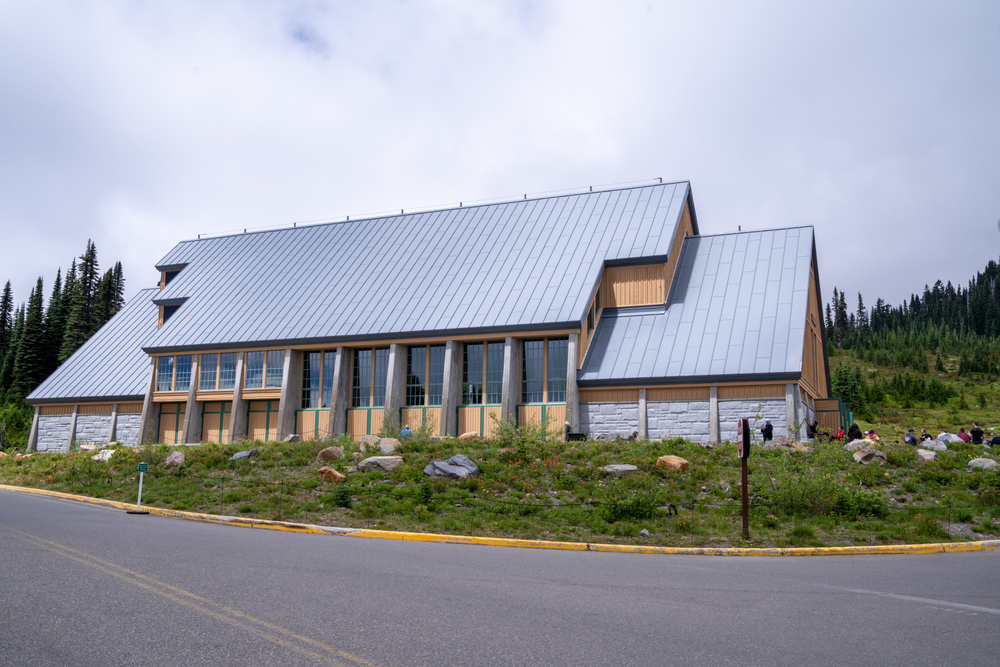
New Hampshire’s highest peak offers exceptional eastern seaboard viewing despite challenging weather conditions that limit available nights. The observatory has maintained scientific equipment tracking atmospheric conditions continuously since 1932, helping visitors time their experiences for optimal clarity.
Winter conditions frequently clear particulates from the atmosphere, creating exceptional transparency on calm nights between storm systems. The facility’s deck features safety railings designed specifically to accommodate tripod mounting for long-exposure photography.
Glacier National Park
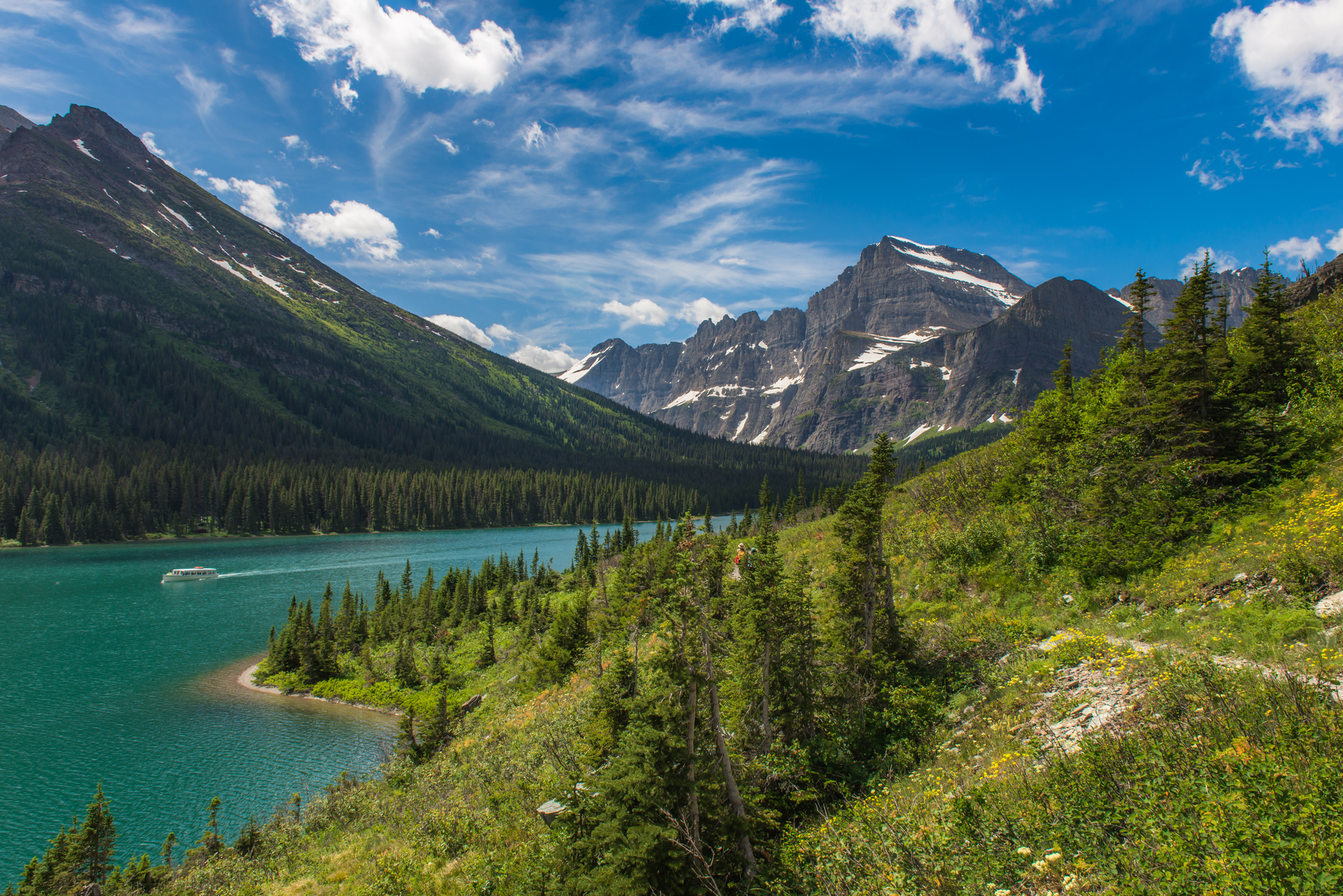
Montana’s crown jewel combines mountain silhouettes with reflective lakes, creating mirror images of starry skies. The park’s location near the Canadian border minimizes light pollution from major population centers, while peaks exceeding 10,000 feet create natural barriers to distant sky glow.
The Going-to-the-Sun Road provides accessible viewing points where photographers capture star reflections in St. Mary and McDonald lakes. The annual Logan Pass Star Party brings together amateur astronomers sharing telescope views with summer visitors.
Like Travel Pug’s content? Follow us on MSN.
Kitt Peak National Observatory
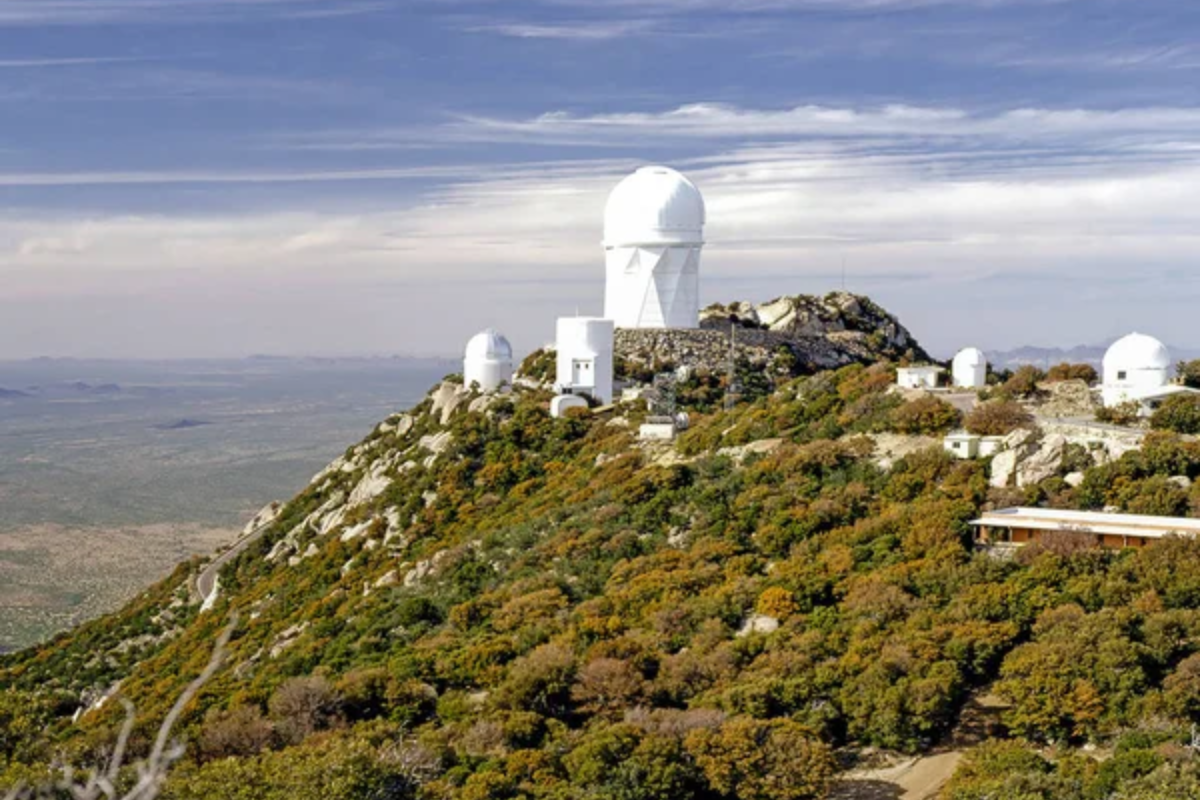
Arizona’s astronomical research facility opens its professional equipment to public viewing through nightly programs featuring 16-inch and 20-inch telescopes. The 7,000-foot mountain rises from Sonoran Desert terrain with 300+ clear nights annually and atmospheric stability rarely found outside professional research sites.
Reservations provide access to specialized viewing programs focusing on planets, deep-sky objects, or astrophotography techniques. The mountain hosts 24 optical telescopes and two radio telescopes in what remains the world’s largest collection of astronomical instruments.
Great Basin National Park
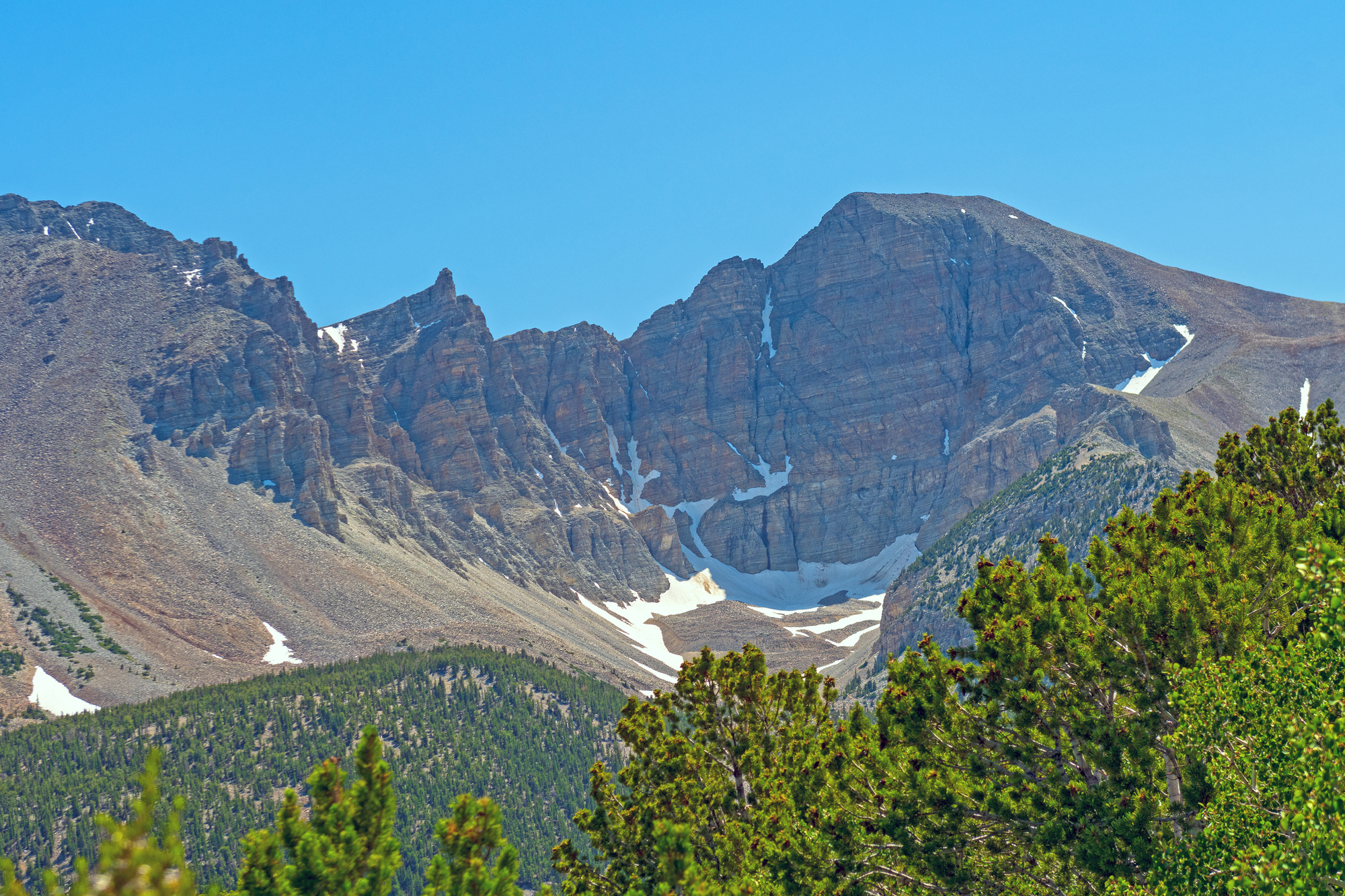
Nevada’s hidden gem combines 13,000-foot Wheeler Peak with remarkably dark skies across high desert terrain. The park conducts twice-weekly astronomy programs during summer while maintaining an observatory with a research-grade 28-inch telescope available for public viewing.
Ancient bristlecone pines provide distinctive foreground elements for photographers capturing celestial scenes above trees that witnessed over 4,000 years of night skies. The “Astronomy Amphitheater” features special lighting designed to maintain night vision during educational presentations.
Denali National Park

Alaska’s premier wilderness area delivers extraordinary astronomical viewing during winter months when darkness extends nearly 20 hours daily. The park’s northern latitude makes it ideal for aurora viewing, with geomagnetic activity creating green, purple, and red curtains dancing above mountain landscapes.
September through April offers increasing darkness, with specially designed winter accommodations available near the park entrance. The extreme isolation from population centers creates viewing conditions unmatched in atmospheric clarity.
Like Travel Pug’s content? Follow us on MSN.
McDonald Observatory

Texas maintains this research facility in the Davis Mountains, where astronomers have conducted research since 1939. Public star parties utilize numerous instruments, including a 24-inch research-grade telescope dedicated to public education. The observatory’s remote location takes advantage of some of the continental United States’ darkest remaining skies.
Special viewing sessions coincide with major astronomical events, with facilities capable of handling hundreds of visitors during exceptional events like the 2023 annular eclipse.
Chaco Culture National Historical Park

New Mexico’s archaeological treasure protects ancient Puebloan structures built by cultures who carefully tracked celestial movements. Night sky protection remains integral to the park’s mission, with educational programs connecting modern astronomy to ancient observational techniques.
The park features permanent markers that help visitors locate specific alignments used in prehistoric astronomical calculations. The combination of cultural significance and natural darkness makes this location particularly meaningful for understanding humanity’s long relationship with the night sky.
Voyageurs National Park

Minnesota’s northern water-based park received official Dark Sky Park designation in 2020 after implementing comprehensive lighting management plans. The park’s numerous lakes create perfect reflection opportunities for photography, with island campsites offering 360-degree dark sky views.
Winter brings both challenging conditions and extraordinary rewards when the northern lights dance above frozen landscapes. The park maintains specific boat-accessible observation areas with unobstructed horizons for viewing astronomical events.
Like Travel Pug’s content? Follow us on MSN.
Acadia National Park

Maine’s coastal gem hosts the annual Acadia Night Sky Festival, celebrating some of the East Coast’s darkest remaining viewing areas. Cadillac Mountain’s 1,530-foot summit provides exceptional viewing platforms away from coastal fog that occasionally affects lower elevations.
Photographers frequently capture dramatic images combining star-filled skies with Atlantic waves crashing against granite coastlines. The park’s initiative to protect night skies includes comprehensive lighting management across surrounding communities on Mount Desert Island.
Craters of the Moon National Monument

Idaho’s volcanic landscape creates an otherworldly foreground for astrophotography across 750,000 acres of protected land. The monument’s name becomes particularly appropriate under dark skies when basaltic lava fields truly resemble lunar surfaces beneath star-filled skies.
The visitor center offers regular night sky programs utilizing both telescopes and naked-eye constellation tours. The site’s isolation in central Idaho’s sparsely populated region helps maintain natural darkness conditions increasingly rare across America.
Illuminating Our Ancient Connection

America’s dark sky destinations provide far more than pretty views, they reconnect visitors with humanity’s oldest shared experience. These locations preserve what was once universally available: unobstructed views of our cosmic neighborhood now hidden from most Americans by artificial lighting.
The growing movement to protect these astronomical sanctuaries recognizes that dark skies represent both natural resources and cultural heritage worth preserving for future generations who deserve to experience the universe that inspired human curiosity since our earliest ancestors first looked upward.
Like Travel Pug’s content? Follow us on MSN.
More from Travel Pug

- Cities Growing so Fast You Won’t Recognize Them in 10 Years
- 13 Destinations Where Tourists Regularly Regret Their Trip
- 16 U.S. Cities That Are Quietly Becoming Travel Hotspots
- Where to Travel If You Love Long Bus Rides and Daydreams
- 20 Cities Perfect for Solo Travelers Who Crave Adventure & Culture
Like Travel Pug’s content? Follow us on MSN.
